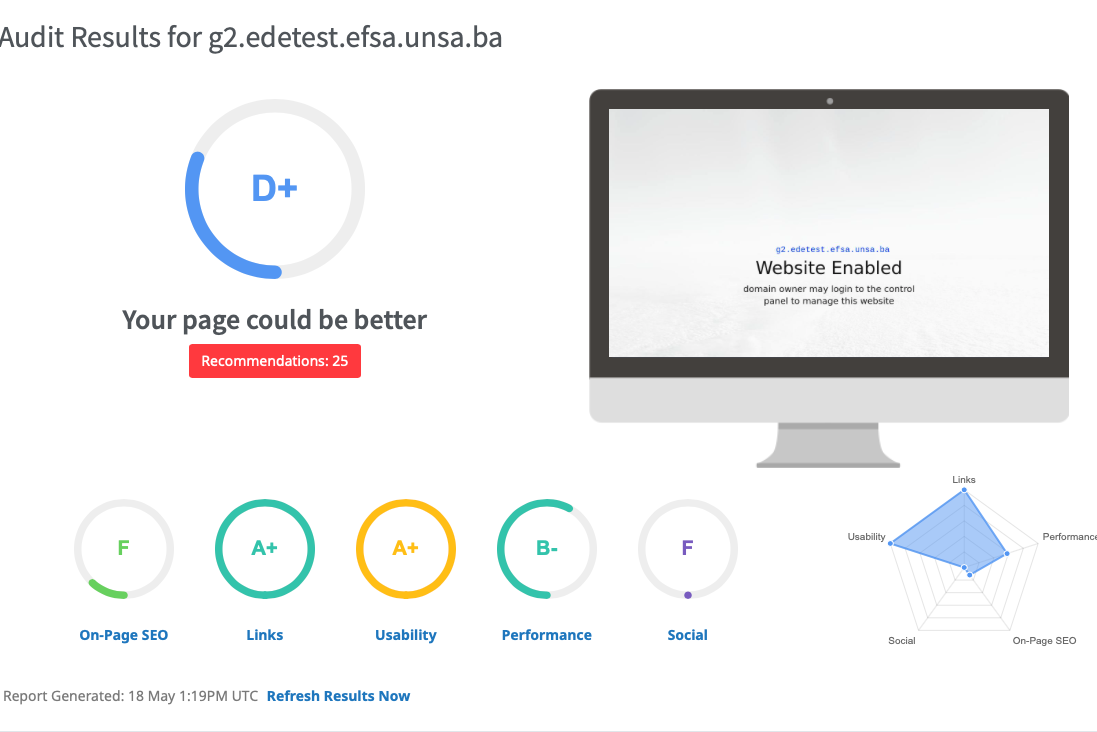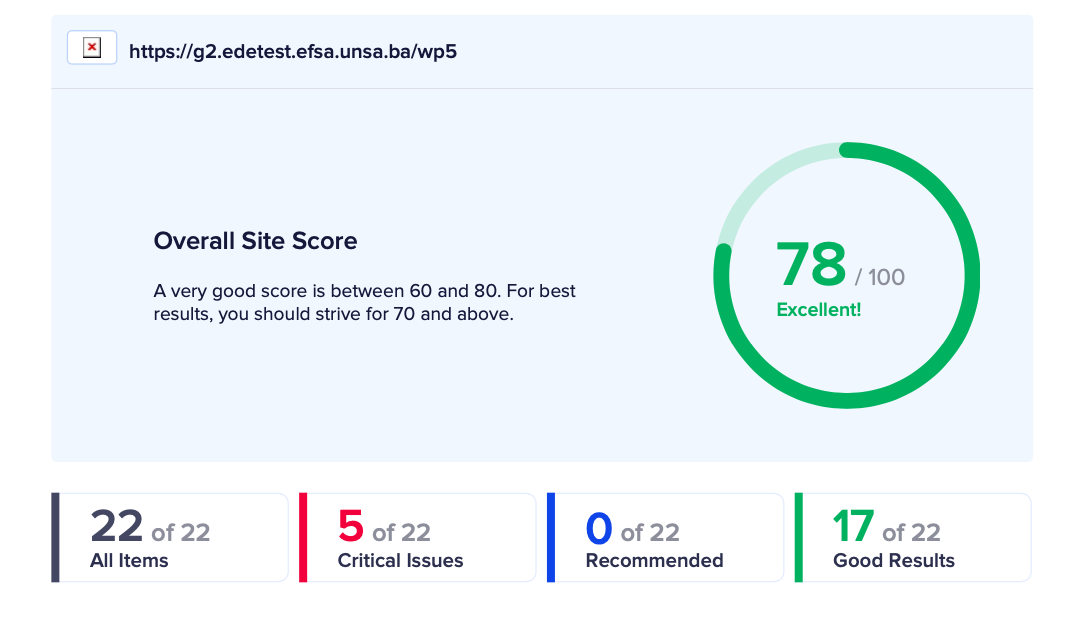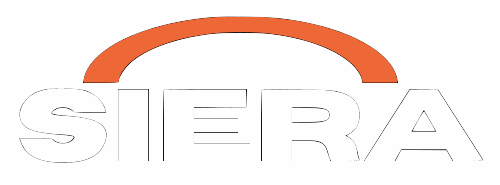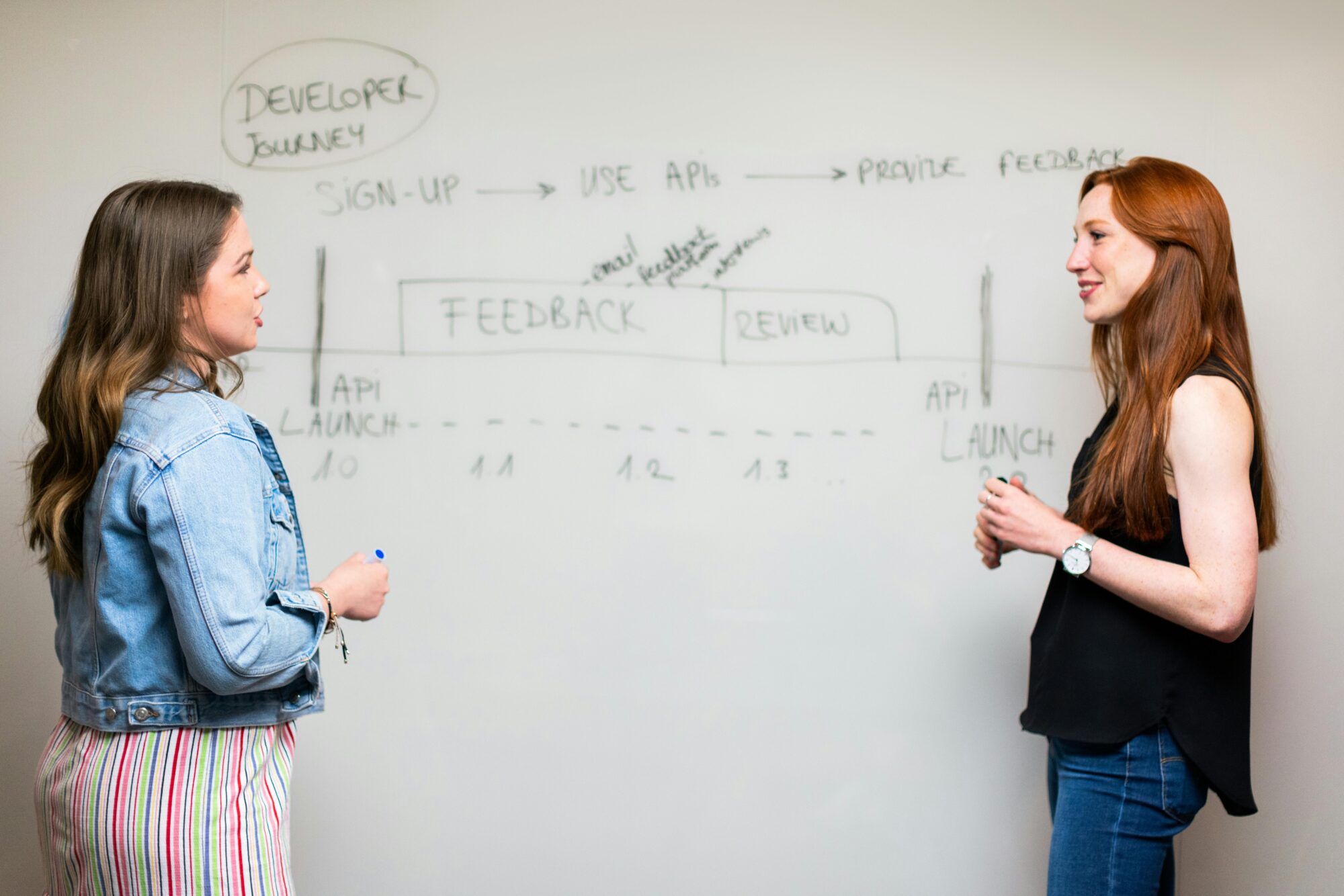Initial SEO audit
Websites are one of the most important aspects of a brand’s digital presence. This is why you must appropriately construct it and utilise it. From the first SEO audit of this website its biggest strengths were its usability and links which garnered an A+. It also got a B- on performance. On-page SEO and social metrics got a measly F, bringing the total score to a D-.
The oversights which caught my attention regarding on-page SEO were: the title tag length, meta description tag, multiple uses of the H1 header tag and inconsistencies of keywords amongst the title tags. It highlighted the low amount of content, however at this point the webpage is in its early development stages.
Social metrics got a low score for the fact that I have not linked any social media accounts directly. I have linked my LinkedIn in one of my blogs but that is it. Additionally, it pointed out that my page loading speed can be improved. The rest of the factors under this category are reasonably ranked.

Implementing changes
After the initial audit I got to work! I tackled implementing changes by category and by priority.
In order to improve my SEO score I started with the meta tag. I added it within the source code of my website, and to each page and post on my website. I used the Yoast SEO plugging for assistance on how to increase my score. This included adding keywords, optimising slugs, alt text and so on. For similar reasons I expanded on the title tag. Furthermore, I added an XML sitemaps file, to increase my sites crawlability and relevance (Holzman, et al., 2023), as well as minimise my CSS files with a plug-in in order to increase performance.
The second worst score was socials. To improve social I have liked all my social media accounts. This includes: Instagram, Facebook and LinkedIn.
There was little I could do regarding performance metrics; I could only minimise further damage. Some improvements required resources I do not possess, e.g. SSL. I had certain trouble utilising the webpage SEOptimer, therefore I used a different SEO auditor – AIOSEO to conduct the final audit and these were the results:

Overall, this is a great jump from the initial SEO audit, and the issues remaining are under the ‘advanced SEO’ category which require programming knowledge to fully null. It is important that I covered the basic SEO implementations, and my security and preformance indicators are very good.

